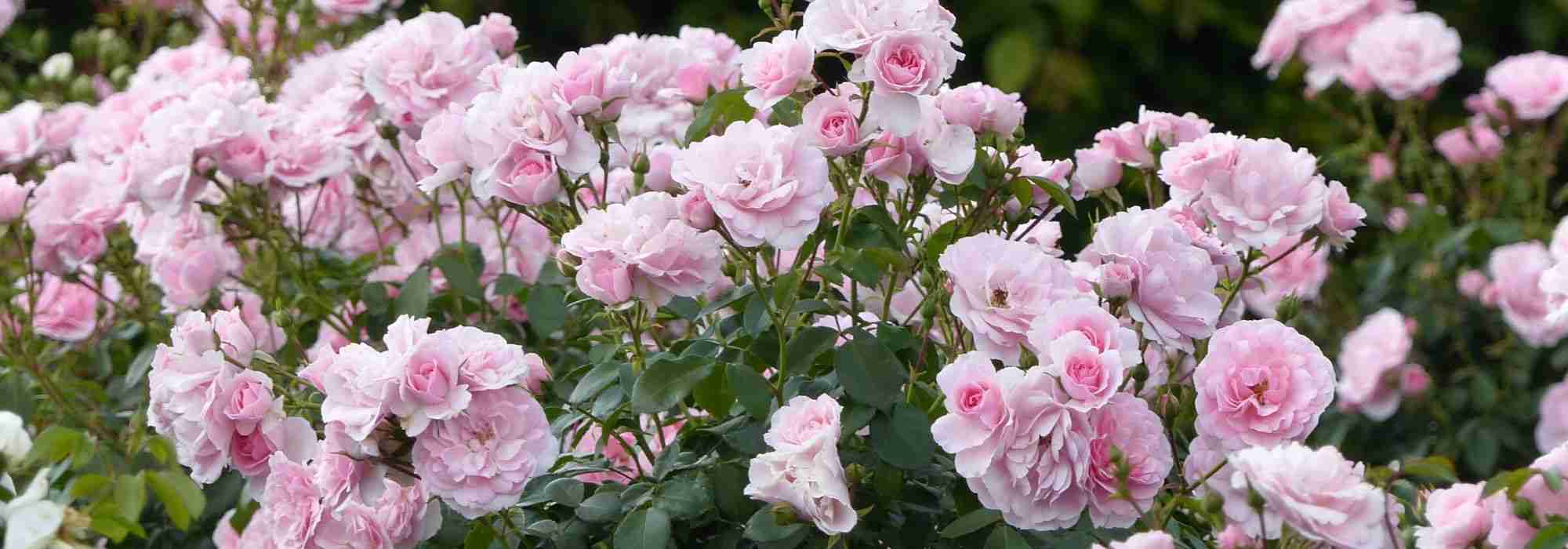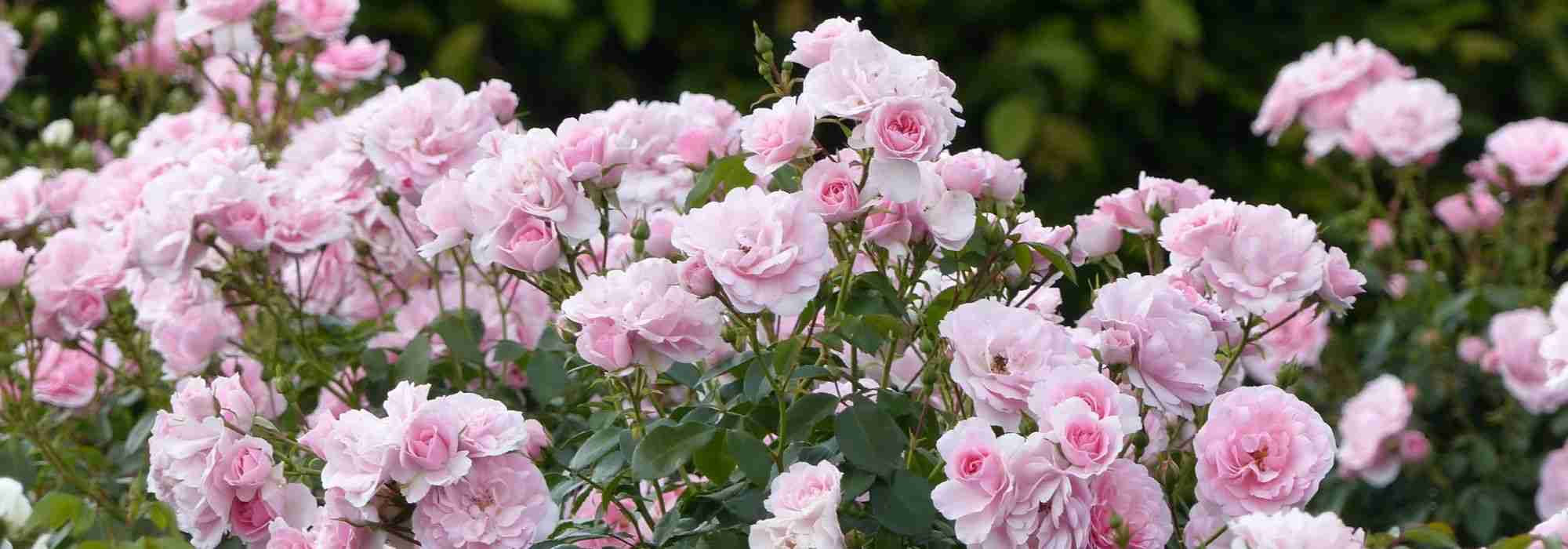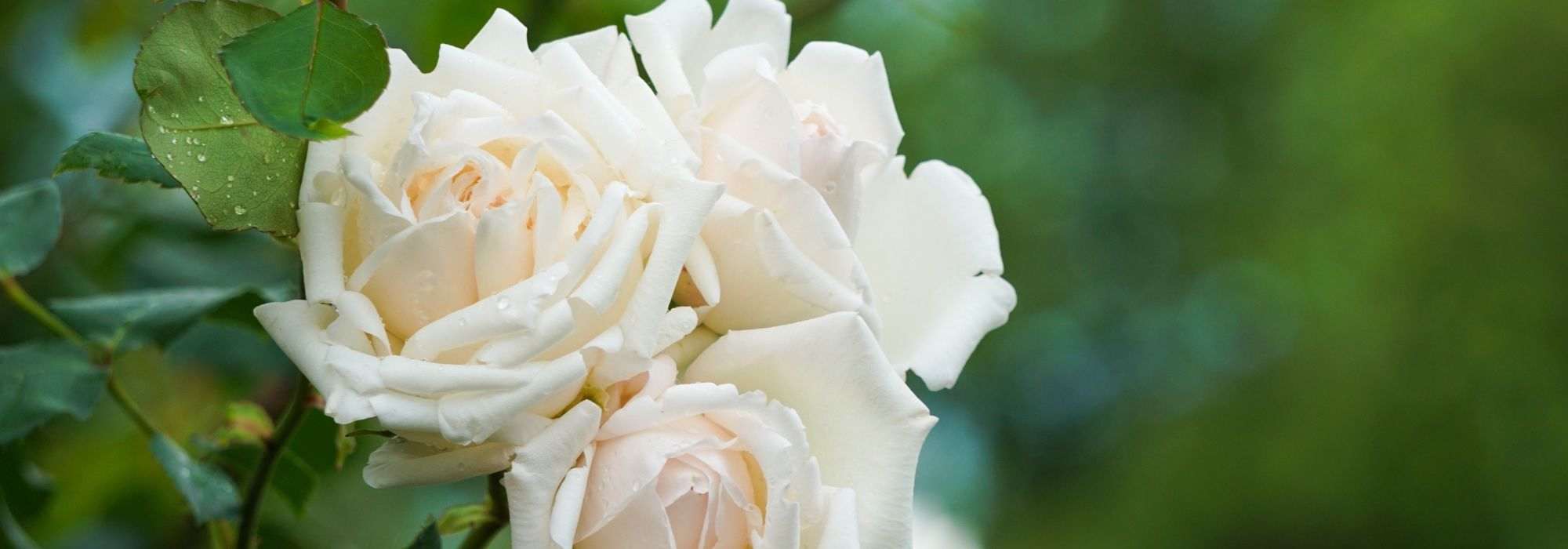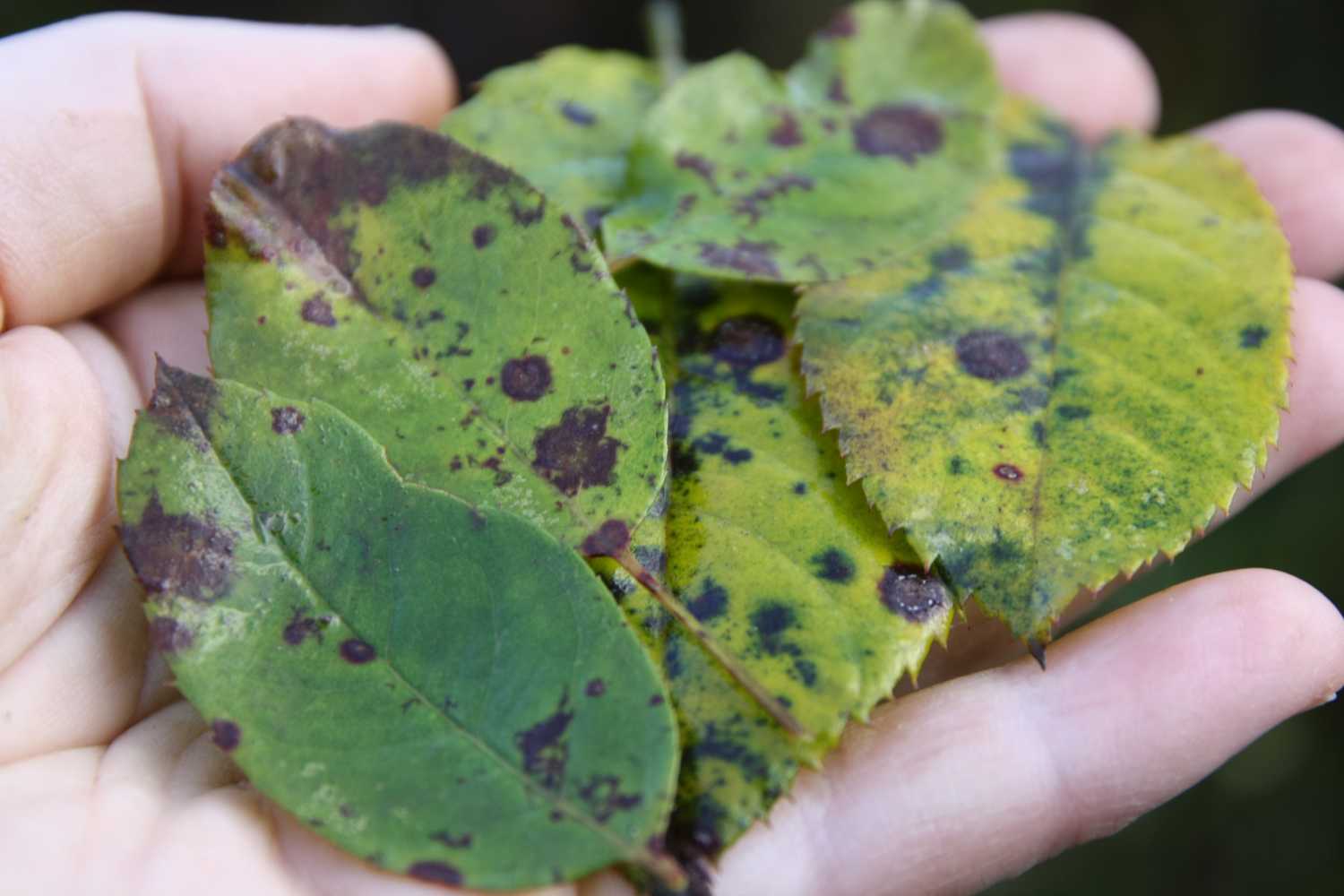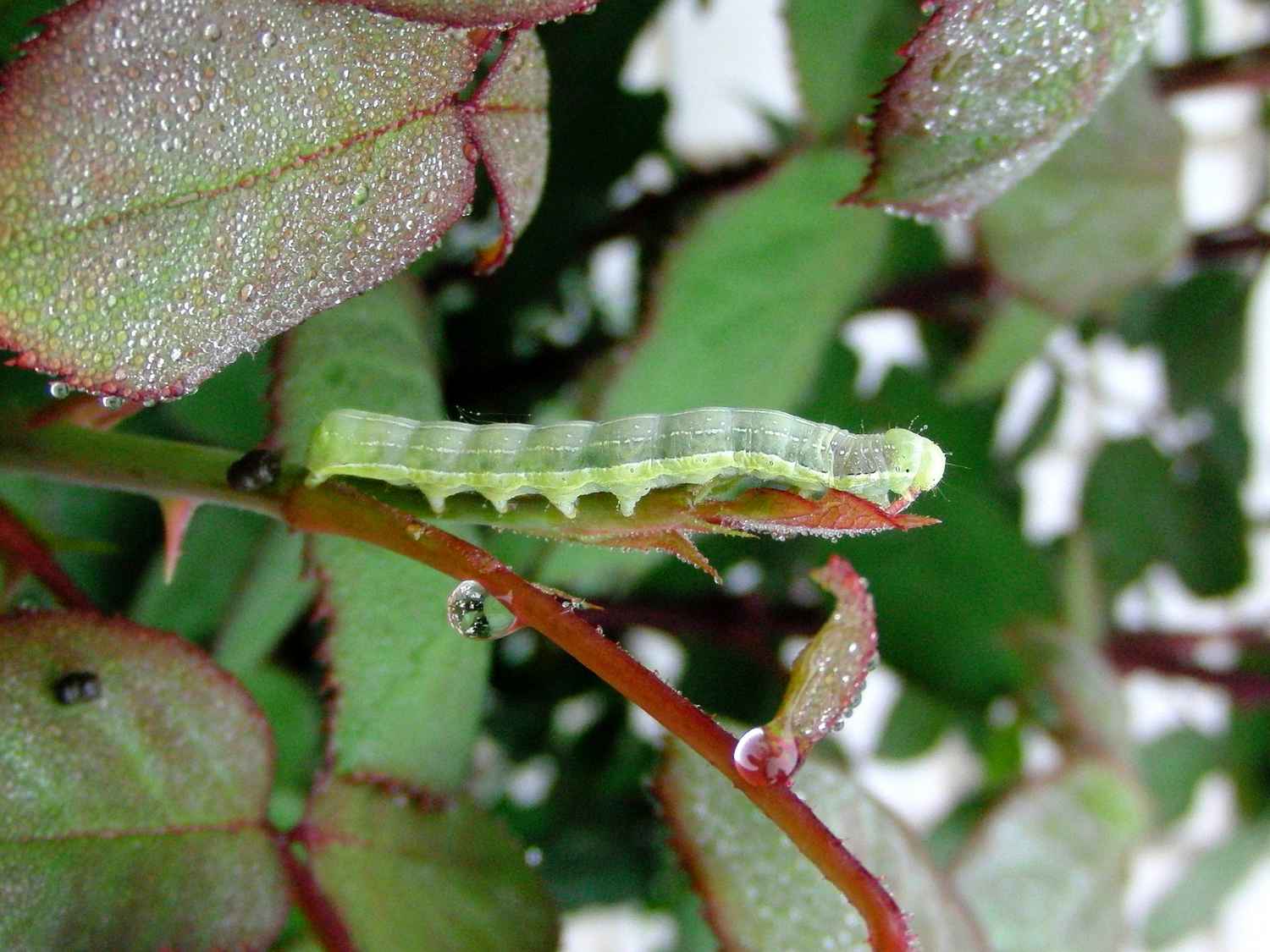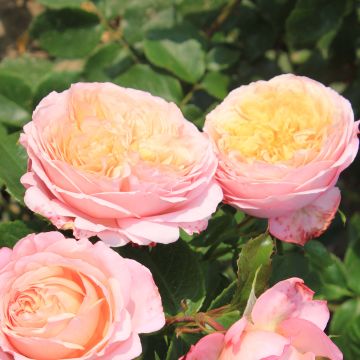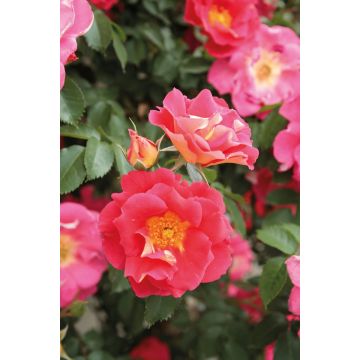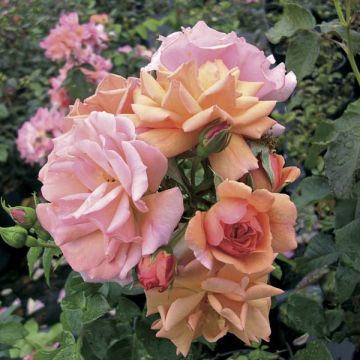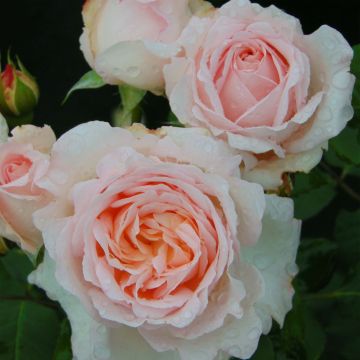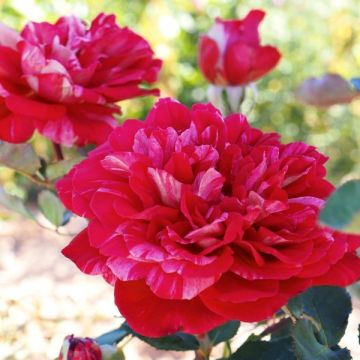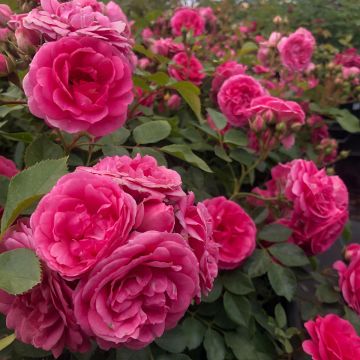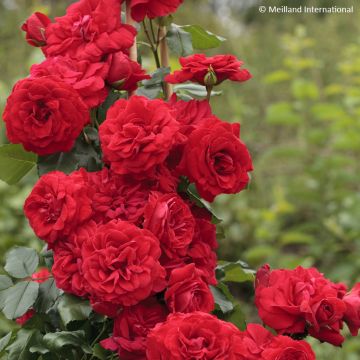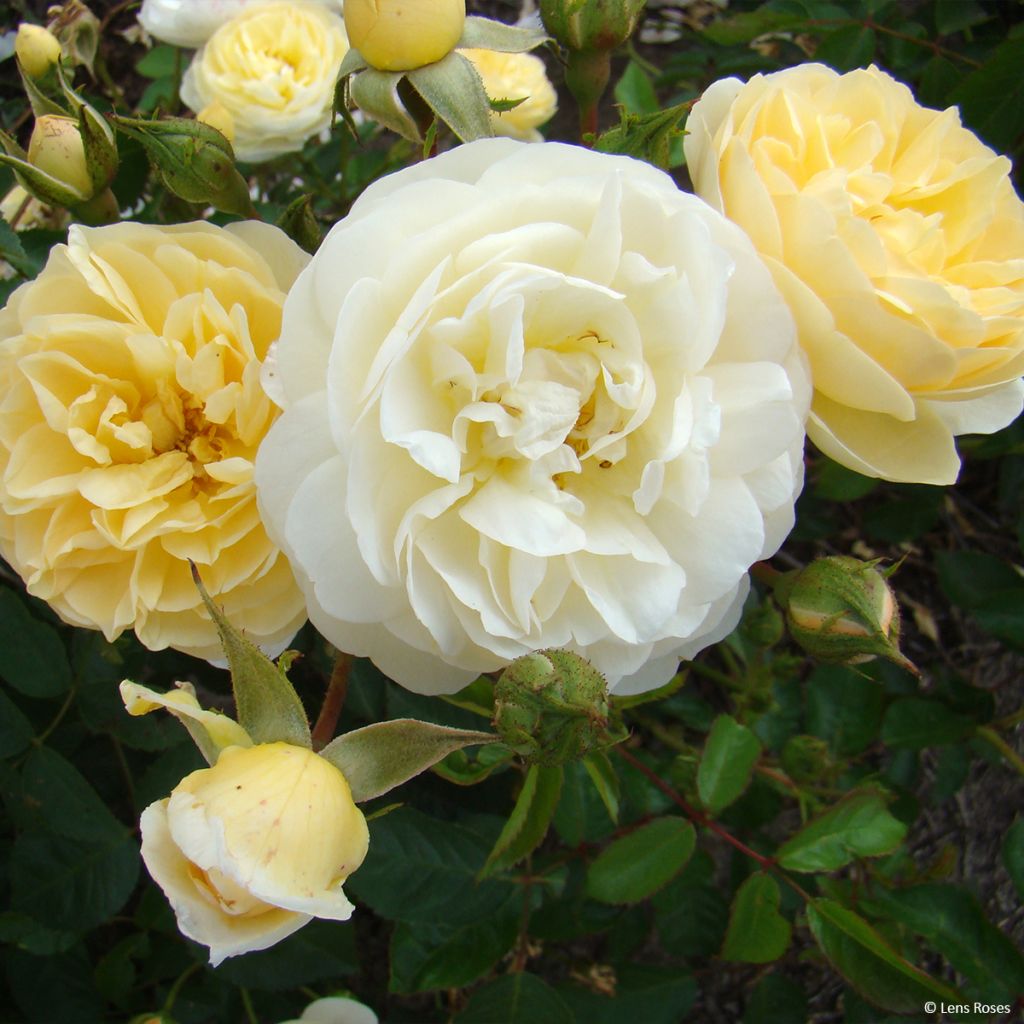

Rosa x moschata 'La Feuillerie' (VELgugrat)
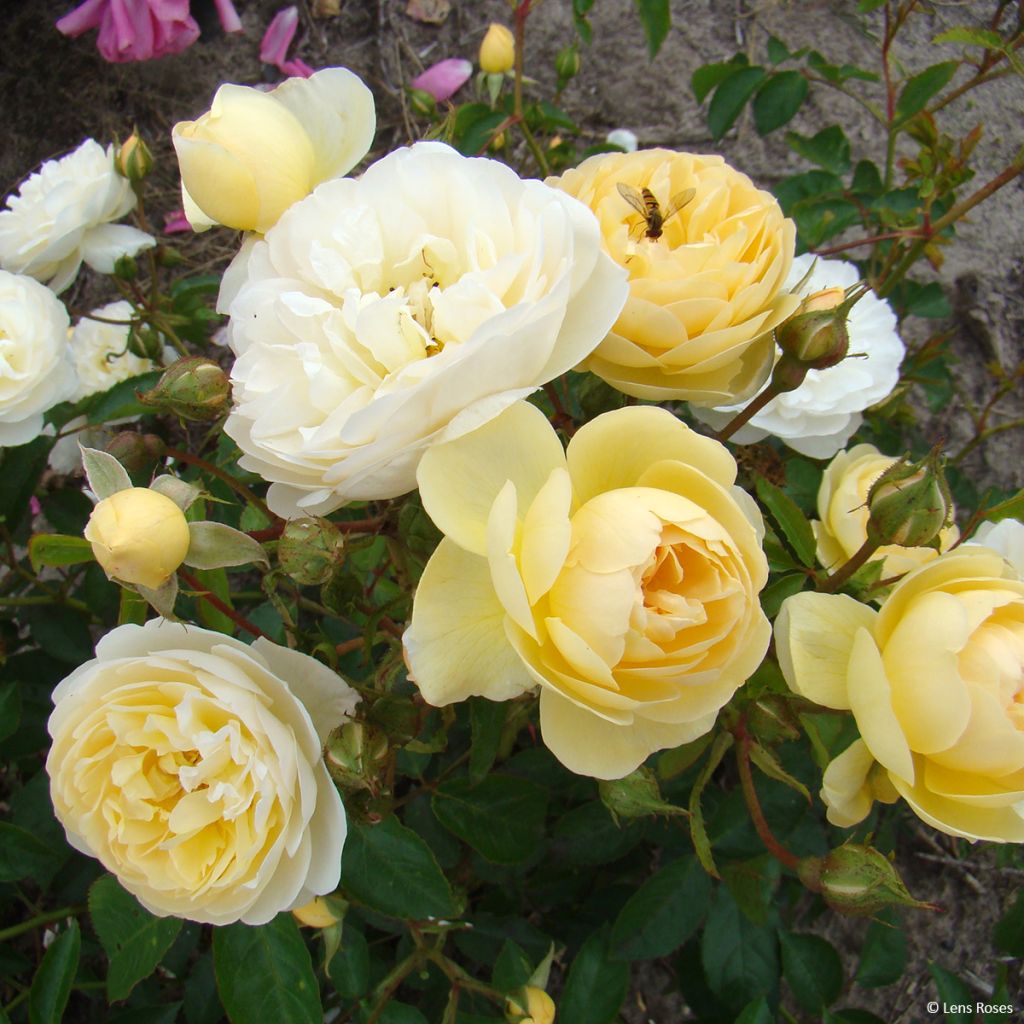

Rosa x moschata 'La Feuillerie' (VELgugrat)
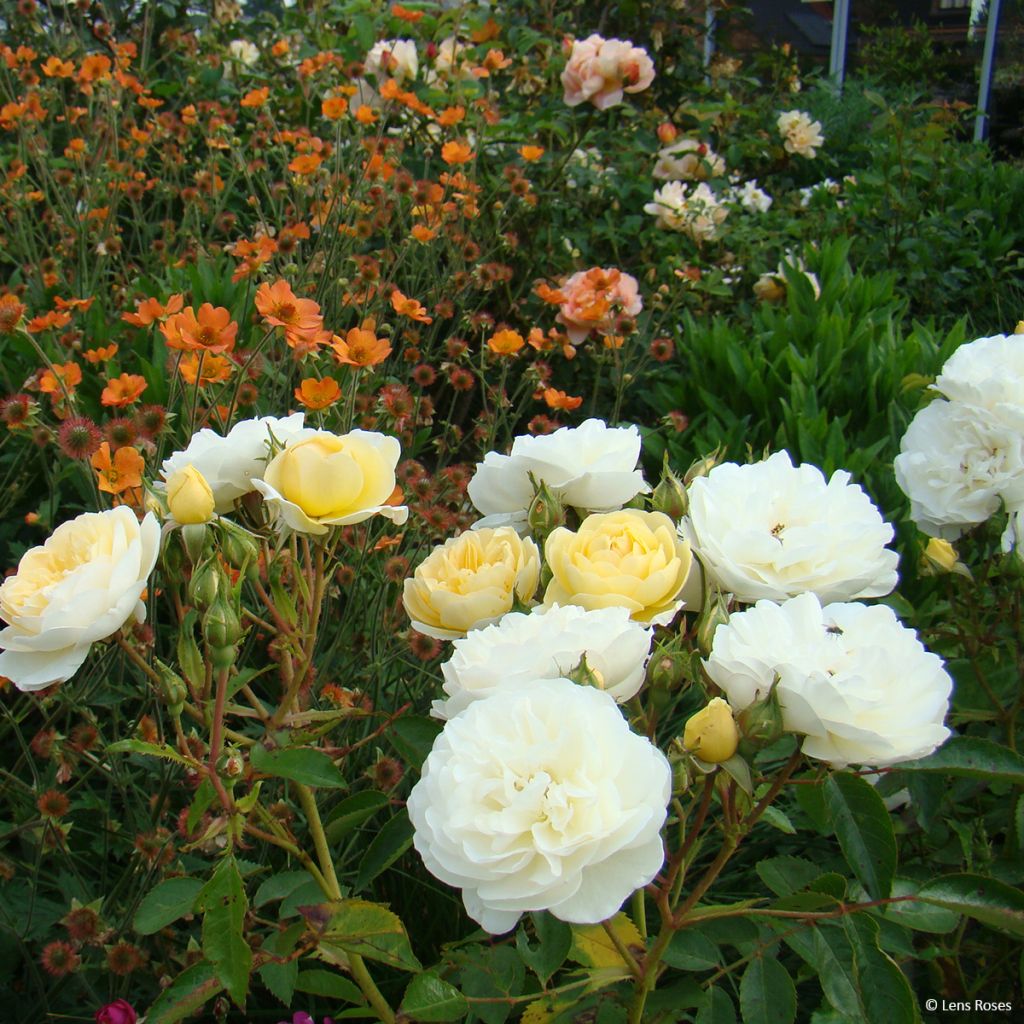

Rosa x moschata 'La Feuillerie' (VELgugrat)
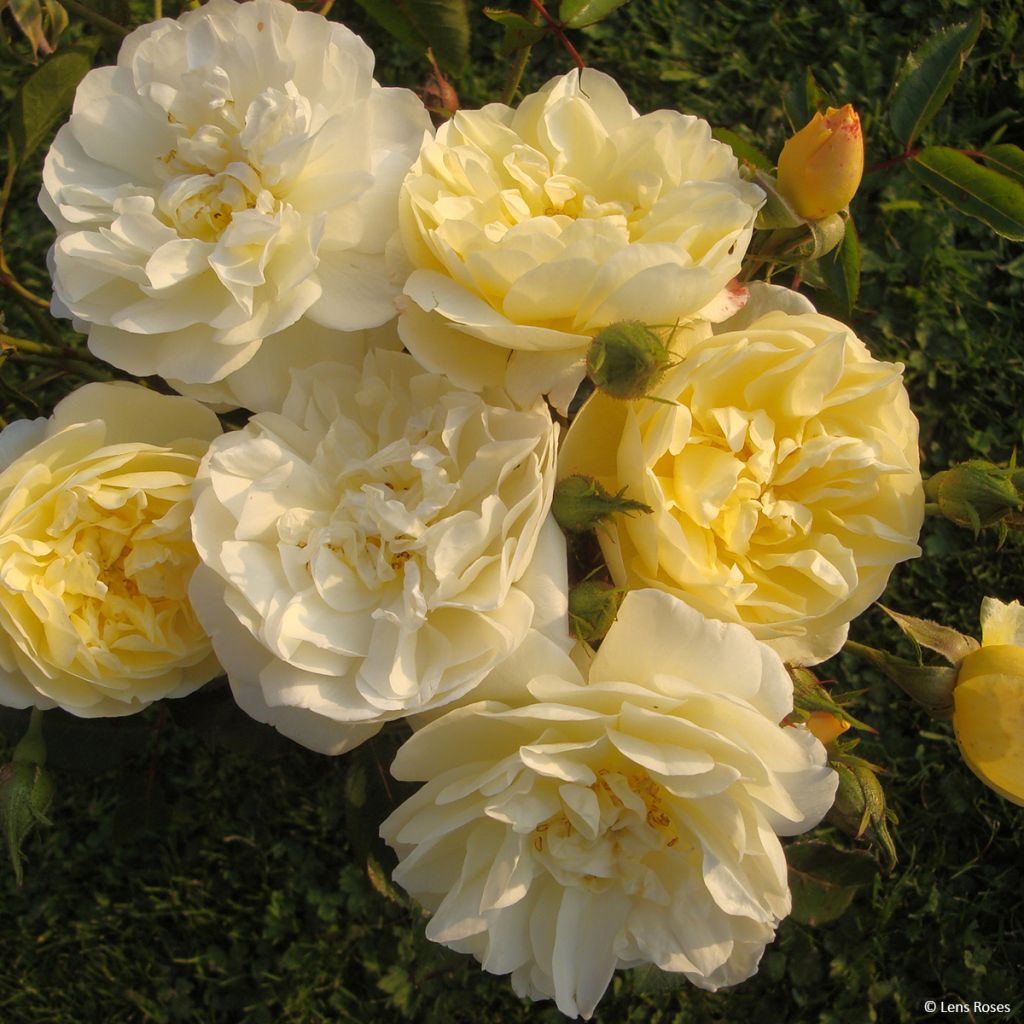

Rosa x moschata 'La Feuillerie' (VELgugrat)
Rosa x moschata 'La Feuillerie' (VELgugrat)
Rosa x moschata La feuillerie® 'VELgugrat'
Special offer!
Receive a €20 voucher for any order over €90 (excluding delivery costs, credit notes, and plastic-free options)!
1- Add your favorite plants to your cart.
2- Once you have reached €90, confirm your order (you can even choose the delivery date!).
3- As soon as your order is shipped, you will receive an email containing your voucher code, valid for 3 months (90 days).
Your voucher is unique and can only be used once, for any order with a minimum value of €20, excluding delivery costs.
Can be combined with other current offers, non-divisible and non-refundable.
Home or relay delivery (depending on size and destination)
Schedule delivery date,
and select date in basket
We guarantee the quality of our plants for a full growing cycle, and will replace at our expense any plant that fails to recover under normal climatic and planting conditions.
Description
The rose 'La Feuillerie' is a generous, low-maintenance bush that combines the charm of old-fashioned roses with the very recurrent flowering of hybrid musk roses. Its double roses, pale yellow turning white, bloom in large fragrant clusters on slightly arched stems. It is a variety that is not very demanding in terms of soil, as decorative in free form as when trained as a small climber. And its flowers are very beautiful in a vase.
The rose La Feuillerie 'VELgugrat' is a creation of Lens Roses dating back to 2011, awarded in Italy. It is derived, among others, from the musk rose (Rosa (x) moschata), a spontaneous hybrid probably originating from Asia Minor or the Middle East. A bit like polyanthas and floribundas, roses from this family produce flowers grouped in clusters, but their colors are more refined and they have a more flexible and graceful habit. 'La Feuillerie' shows rapid growth as well as a bushy and upright habit, with slightly trailing branches Eventually, this bush reaches an average height of 1.35 m (4ft) with a spread of 90 cm (35in). When trained as a climber and espaliered, it can reach up to 2 m (7ft) in height. Its thorny stems bear leaves divided into leaflets of a beautiful dark green, resistant to diseases. Flowering begins in June, and it continues until October if the soil does not dry out too much and if you take care to prune the faded flowers as they appear. The flowers form massive clusters composed of numerous cup-shaped, double flowers, 6 cm (2in) in diameter. Their color, fresh and soft, is a light yellow evolving towards cream white. The deciduous foliage is absent in winter. This variety's hardiness is estimated at around -15 °C (5°F).
This shrub rose 'La Feuillerie' is undemanding and generous. The bush thrives in any well-prepared soil, it does not require pruning apart from removing the oldest branches or dead wood in late winter. Plant it in a small flowering hedge or in a flower bed with other landscape roses, alongside other small flowering shrubs with staggered bloom times: small-sized lilacs (Syringa patula Miss Kim, Syringa meyeri Flowerfesta White), mock oranges, or even deutzias. Also consider pairing it with a clematis with blue flowers such as 'Prince Charles' or 'Saphyra Indigo'.
Awards:
- Monza, 2011, Gold Medal
- Monza, 2011, 1st prize Landscape roses
Rosa x moschata 'La Feuillerie' (VELgugrat) in pictures
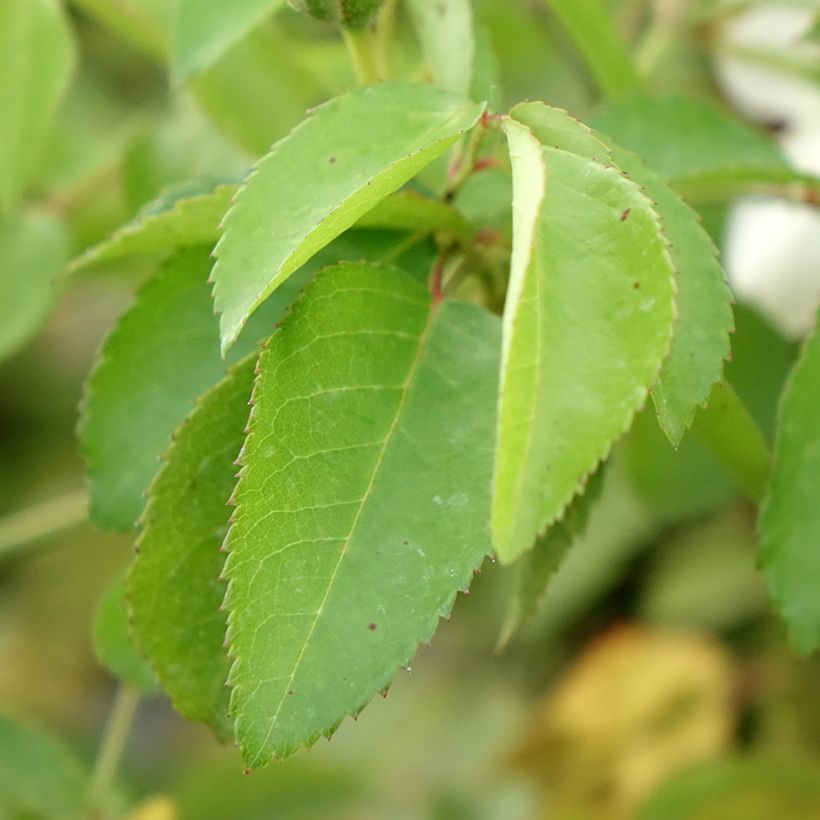

Plant habit
Flowering
Foliage
Botanical data
Rosa
x moschata
La feuillerie® 'VELgugrat'
Rosaceae
Cultivar or hybrid
Planting and care
The Bush 'La Feuillerie' can be planted in the sun, but it also tolerates partial shade, especially in our sunniest and hottest regions. It will adapt to any garden if the soil is well-worked and not too poor. To plant your bush, work the soil by crumbling it well and put an amendment, such as blood, fish and bone, at the bottom of the planting hole. Water generously after planting to remove any air pockets. Water regularly for a few weeks to facilitate rooting. Pruning is limited to removing dead wood, and you can also lighten the centre of the bush by pruning the interlocking branches. As the flowers bloom, remove the faded flowers, stimulating the development of other buds.
Roses may develop stains or blemishes at the end of summer, but this is a natural occurrence and does not harm the rose.
Planting period
Intended location
Care
Planting & care advice
This item has not been reviewed yet - be the first to leave a review about it.
Similar products
Haven't found what you were looking for?
Hardiness is the lowest winter temperature a plant can endure without suffering serious damage or even dying. However, hardiness is affected by location (a sheltered area, such as a patio), protection (winter cover) and soil type (hardiness is improved by well-drained soil).

Photo Sharing Terms & Conditions
In order to encourage gardeners to interact and share their experiences, Promesse de fleurs offers various media enabling content to be uploaded onto its Site - in particular via the ‘Photo sharing’ module.
The User agrees to refrain from:
- Posting any content that is illegal, prejudicial, insulting, racist, inciteful to hatred, revisionist, contrary to public decency, that infringes on privacy or on the privacy rights of third parties, in particular the publicity rights of persons and goods, intellectual property rights, or the right to privacy.
- Submitting content on behalf of a third party;
- Impersonate the identity of a third party and/or publish any personal information about a third party;
In general, the User undertakes to refrain from any unethical behaviour.
All Content (in particular text, comments, files, images, photos, videos, creative works, etc.), which may be subject to property or intellectual property rights, image or other private rights, shall remain the property of the User, subject to the limited rights granted by the terms of the licence granted by Promesse de fleurs as stated below. Users are at liberty to publish or not to publish such Content on the Site, notably via the ‘Photo Sharing’ facility, and accept that this Content shall be made public and freely accessible, notably on the Internet.
Users further acknowledge, undertake to have ,and guarantee that they hold all necessary rights and permissions to publish such material on the Site, in particular with regard to the legislation in force pertaining to any privacy, property, intellectual property, image, or contractual rights, or rights of any other nature. By publishing such Content on the Site, Users acknowledge accepting full liability as publishers of the Content within the meaning of the law, and grant Promesse de fleurs, free of charge, an inclusive, worldwide licence for the said Content for the entire duration of its publication, including all reproduction, representation, up/downloading, displaying, performing, transmission, and storage rights.
Users also grant permission for their name to be linked to the Content and accept that this link may not always be made available.
By engaging in posting material, Users consent to their Content becoming automatically accessible on the Internet, in particular on other sites and/or blogs and/or web pages of the Promesse de fleurs site, including in particular social pages and the Promesse de fleurs catalogue.
Users may secure the removal of entrusted content free of charge by issuing a simple request via our contact form.
The flowering period indicated on our website applies to countries and regions located in USDA zone 8 (France, the United Kingdom, Ireland, the Netherlands, etc.)
It will vary according to where you live:
- In zones 9 to 10 (Italy, Spain, Greece, etc.), flowering will occur about 2 to 4 weeks earlier.
- In zones 6 to 7 (Germany, Poland, Slovenia, and lower mountainous regions), flowering will be delayed by 2 to 3 weeks.
- In zone 5 (Central Europe, Scandinavia), blooming will be delayed by 3 to 5 weeks.
In temperate climates, pruning of spring-flowering shrubs (forsythia, spireas, etc.) should be done just after flowering.
Pruning of summer-flowering shrubs (Indian Lilac, Perovskia, etc.) can be done in winter or spring.
In cold regions as well as with frost-sensitive plants, avoid pruning too early when severe frosts may still occur.
The planting period indicated on our website applies to countries and regions located in USDA zone 8 (France, United Kingdom, Ireland, Netherlands).
It will vary according to where you live:
- In Mediterranean zones (Marseille, Madrid, Milan, etc.), autumn and winter are the best planting periods.
- In continental zones (Strasbourg, Munich, Vienna, etc.), delay planting by 2 to 3 weeks in spring and bring it forward by 2 to 4 weeks in autumn.
- In mountainous regions (the Alps, Pyrenees, Carpathians, etc.), it is best to plant in late spring (May-June) or late summer (August-September).
The harvesting period indicated on our website applies to countries and regions in USDA zone 8 (France, England, Ireland, the Netherlands).
In colder areas (Scandinavia, Poland, Austria...) fruit and vegetable harvests are likely to be delayed by 3-4 weeks.
In warmer areas (Italy, Spain, Greece, etc.), harvesting will probably take place earlier, depending on weather conditions.
The sowing periods indicated on our website apply to countries and regions within USDA Zone 8 (France, UK, Ireland, Netherlands).
In colder areas (Scandinavia, Poland, Austria...), delay any outdoor sowing by 3-4 weeks, or sow under glass.
In warmer climes (Italy, Spain, Greece, etc.), bring outdoor sowing forward by a few weeks.


































